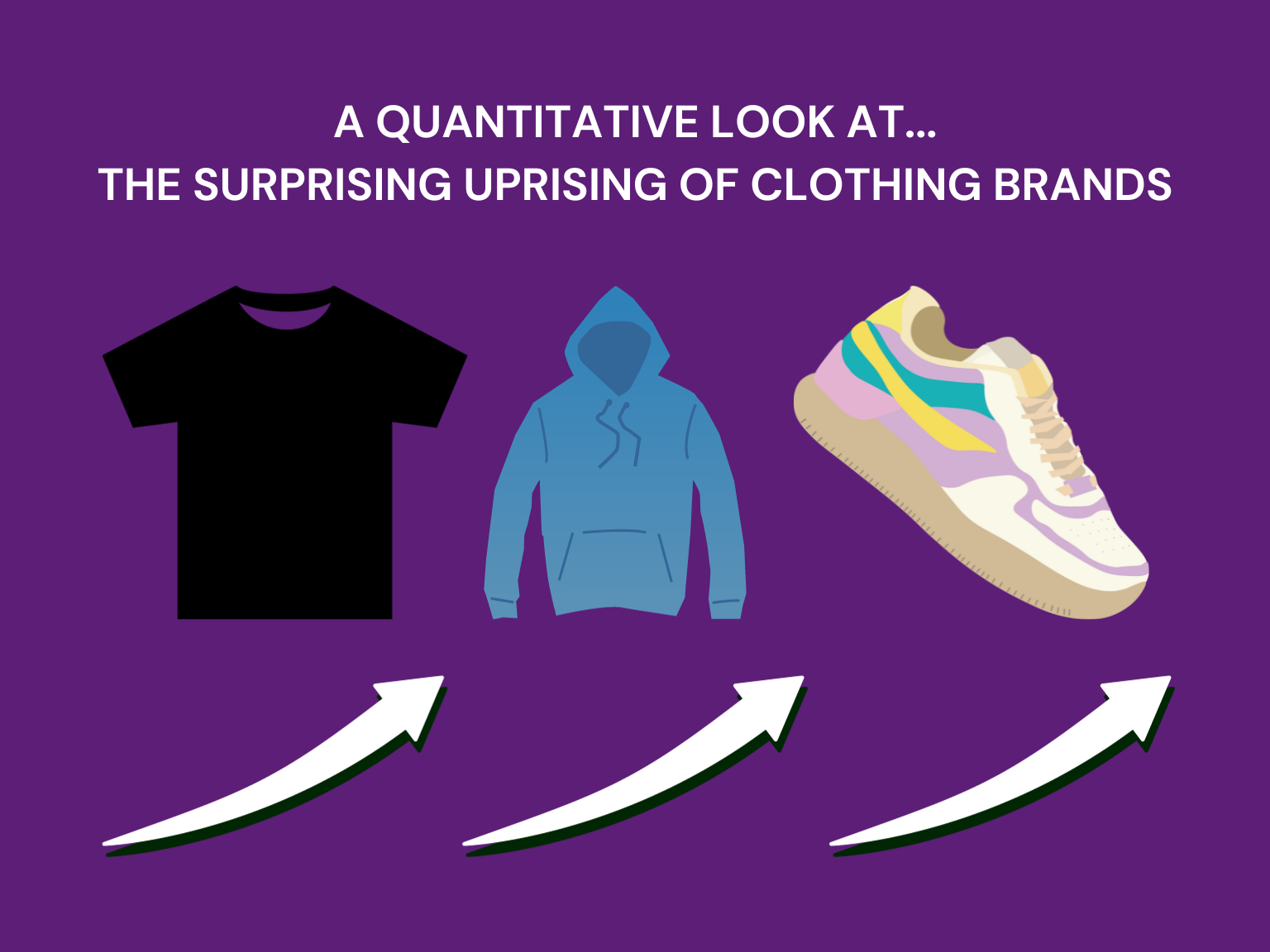By Carolina Mondragon-Tadiotto
When you step into your closet, what is it that you see? Chances are you own various pieces that are “trendy” from brands that hit the spotlight over the past few yeiars. I know I own my fair share of North Face puffer jackets and high top platform Converse. How often, though, do you think about how certain companies got to the popularity that they are today? Not all brands that are considered “cool” in 2023 were always viewed that way. We’re going to take a look at some brands that made the ultimate popularity comeback. From underestimated underdogs to style icons, these labels have proved to be resilient in an ever changing world of fashion.
CHAMPION
The inventor of the hoodie, Champion, has had quite an interesting history. Hitting close to home, Champion’s first partnership after establishing their brand as athletic/sportswear was with the University of Michigan in 1926. Champion gave UM their first sports uniforms and from there, Champion became the face of college sports throughout the country. Flash forward to the 90s, Champion hit its peak. Transcending across communities, their name becomes synonymous with celebrities and music artists as well as sports stars and athletic teams. However, quickly following that Champion starts to enter a decline when Sara Lee Corporation buys out the company. Due to this, Champion as a brand became less maintained and lost attention in the mainstream fashion industry. Around 2010, Champion was reported to have earned around $600 million in sales. However, a decade later that has gone up to $1.4 billion as 90s fashion comes back in style and the youth turns back to the original brands. From being sold in Walmart to PacSun, Champion is back. Champion’s social media (Instagram) presence rose from 200,000 followers to about 2 million from 2017 to 2018 and today, it is almost 5 million.
CARHARTT
That little orange logo at the front of beanies belongs to the one and only Carhartt. Also with deep roots in Michigan, Carhartt first started manufacturing their apparel back in the late 1800s right in Detroit. Carhartt primarily though was sold as affordable apparel, intended for the working class audiences that would consume it. Although in recent years, the line between what demographic of people it was meant for began to blur. Since its rise in popularity around the 90s, the brand has taken different identities: a “workwear” brand and a “streetwear” brand. It went from a blue collar worker’s uniform to being various big name celebrities’ brands. Similarly to Champion, the 90s vintage look is coming back in style over recent years which has young people searching high and low for the clothes. Within 30 years time, Carhartt has gone from just under $100 million in revenue to well above $1 billion. Through resellers (such as Depop), searches in January 2023 for trousers have gone up 108%; for t-shirts, it’s 342%.
NEW BALANCE
You wear them now, but your parents probably wore them 20 years ago. In the 1930s, New Balances were marketed with the intention of being a reliable running shoe for athletes of any type. The brand put a lot of importance on durability and comfortability. When there’s more emphasis on being a reliable choice of footwear, style is thrown out the window. This is what made it hard for them to gain traction with the masses and led to the rise of other brands like Nike and Adidas. Therefore, New Balance started to garner a reputation for being a “dad shoe,” or otherwise being known as out of style. By this point, the company was only made up of 6 people who were only able to manufacture 30 shoes a day. It wasn’t until New Balance started working with fashion giants to help adjust their image that they got wide appeal… taking New Balance from lame to fame. The company now has a presence in 120 different countries and has attained $4.4 billion in revenue. Even as resale items, New Balance sneakers are in high demand. The company’s resale value has grown 61% over the past few years.

